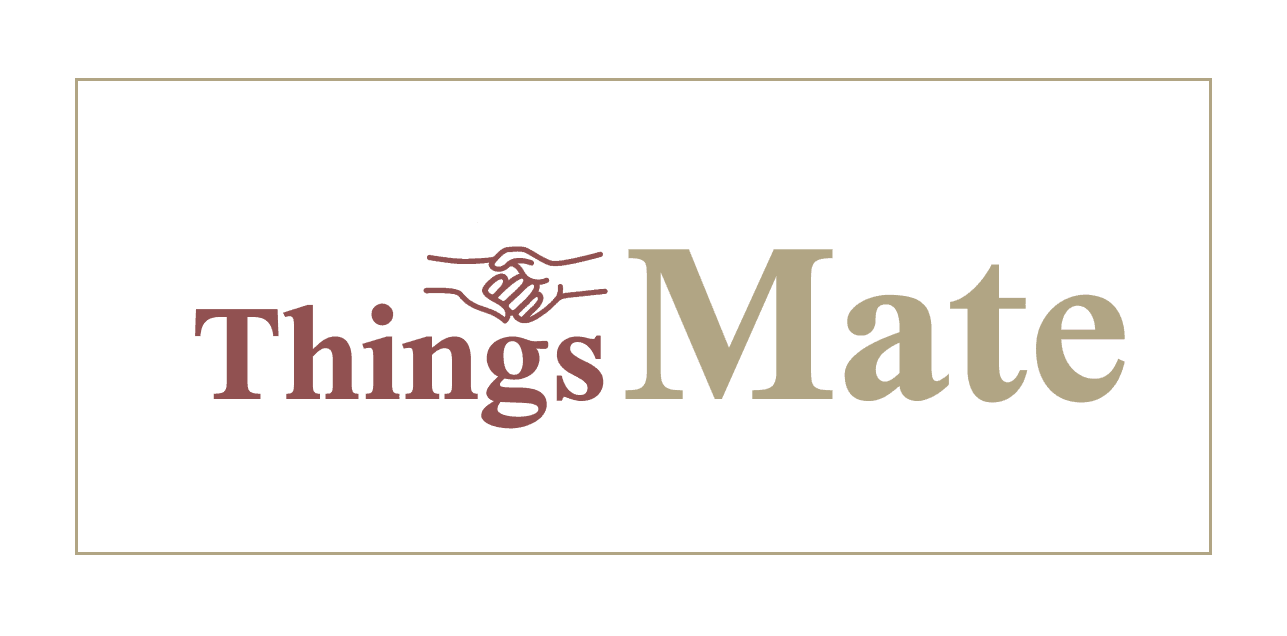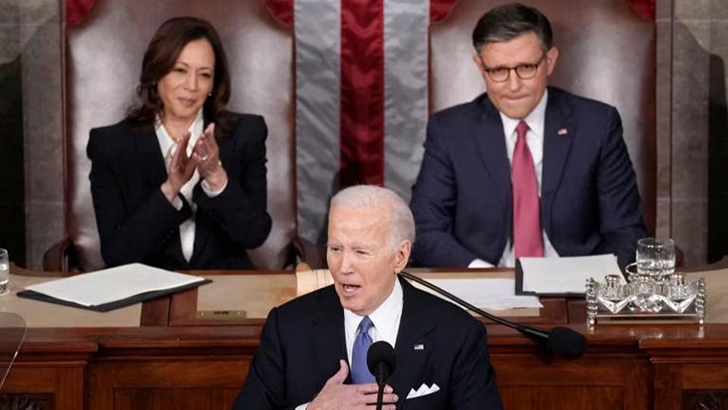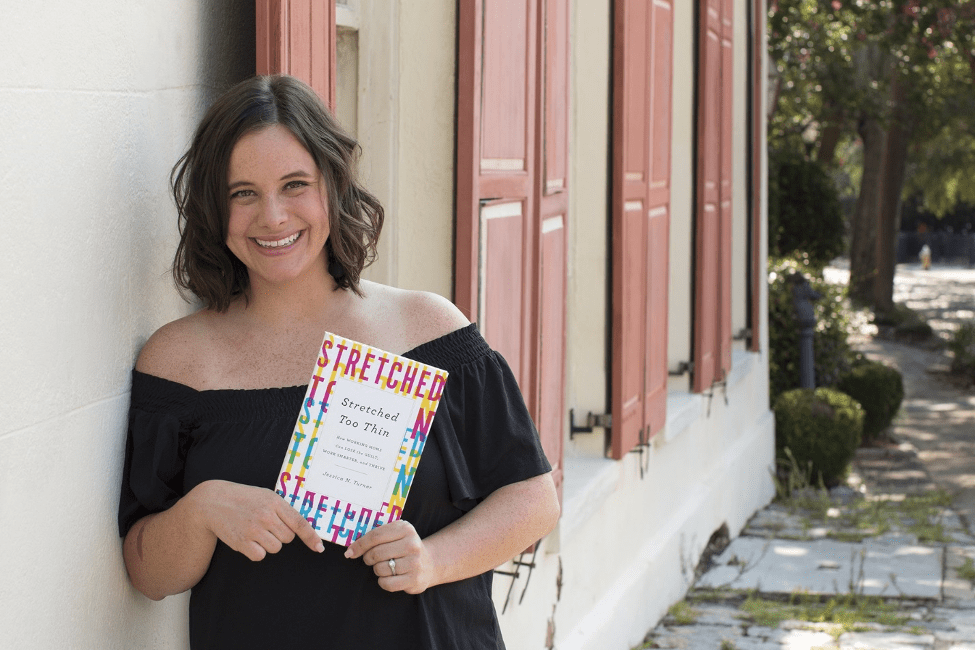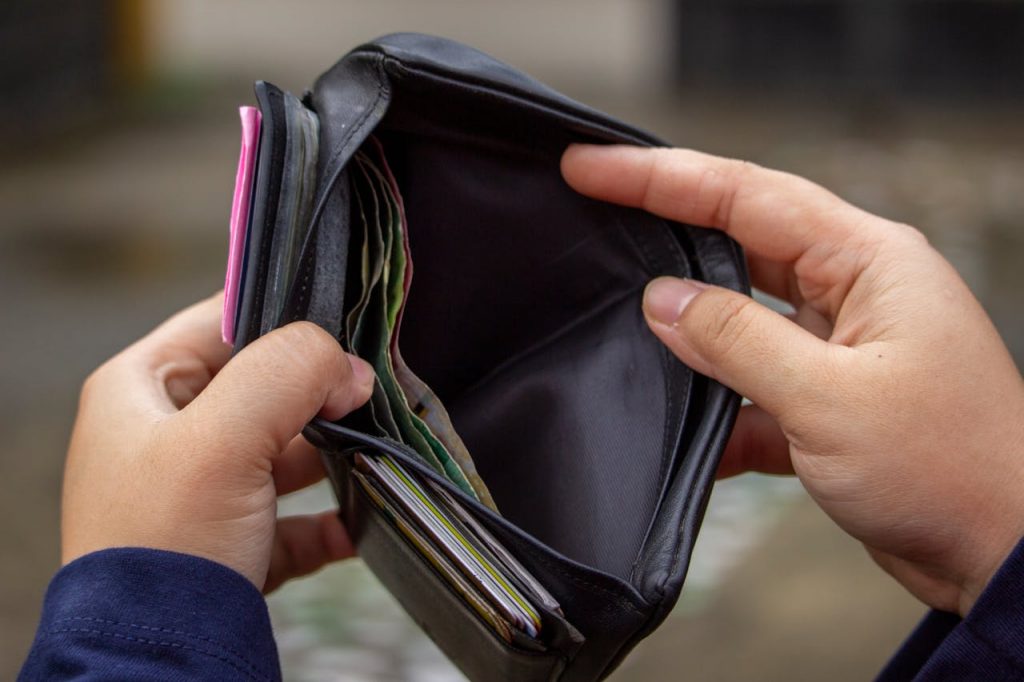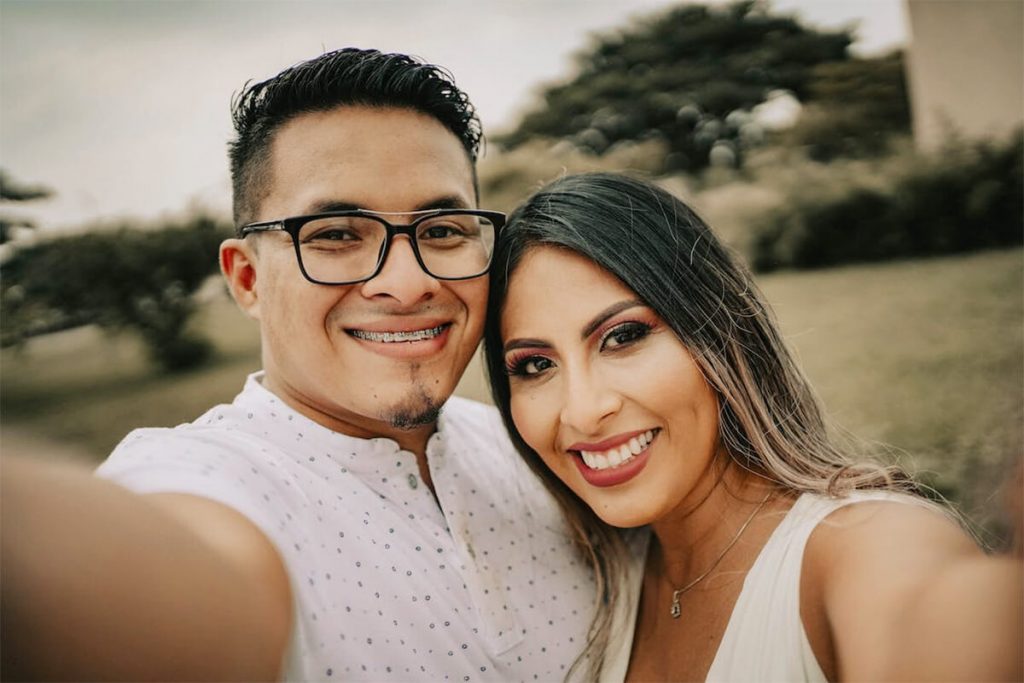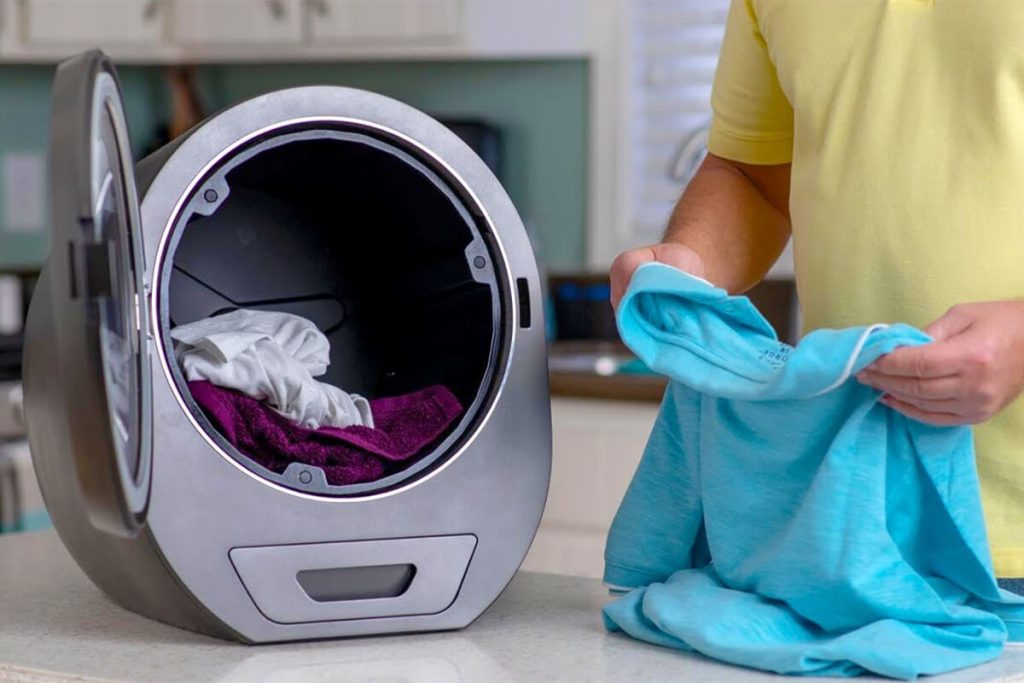A checking account is a bank account that allows you to deposit and make withdrawals as well as fund transfers. Also referred to as a transactional account or a demand account, it can be accessed using electronic cards and ATMs, among others.
If you are looking to keep money for a short-term expense, then a checking account is a great option. In this post, we’ll look into all that surrounds this type of account. So, if you are new at this, then you are in the right place. Let’s get started.
How Does a Checking Account Work?
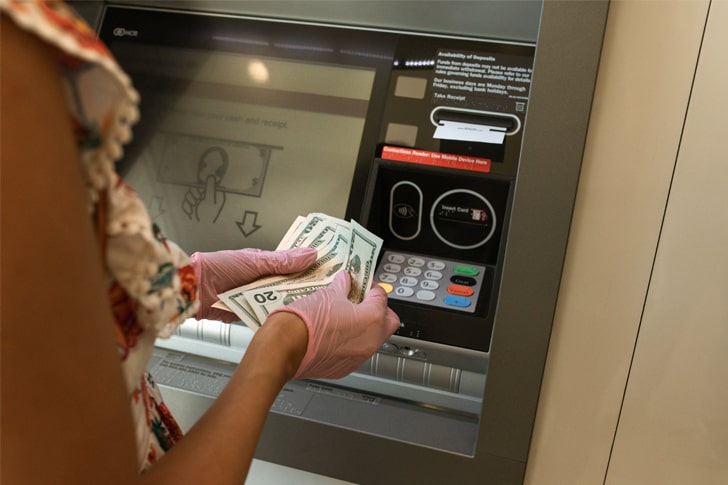
RDNE Stock project / Pexels
A checking account functionality surrounds deposits and money spending in general. You can access various depositing methods with check accounts. Some of these methods include:
- Teller deposits
- ACH deposits
- Mobile check deposit
- ATM deposits
- Direct deposit
- Incoming wire transfers
If you are expecting a money transfer from any source, then you could issue a direct deposit through your account number. This could either be your salary or any benefits you receive. The best part is you can do without a paper check for that.
Further, as we progress towards a more digital environment, mobile check deposits are slowly becoming a norm. It allows you to deposit by something as simple as taking a photo of a paper check.
This is super convenient, especially if you’re on a tight schedule and can't make it to the bank physically. However, you would still be required to go to the bank or ATM to deposit cash into your account.
Checking accounts was traditionally made to give you the ability to write paper checks to buy something or pay bills.
What Types of Checking Accounts Are There?
A wide variety of checking accounts are created for different functions. Here are some of these different types of checking accounts according to your needs.
Traditional or Standard Checking
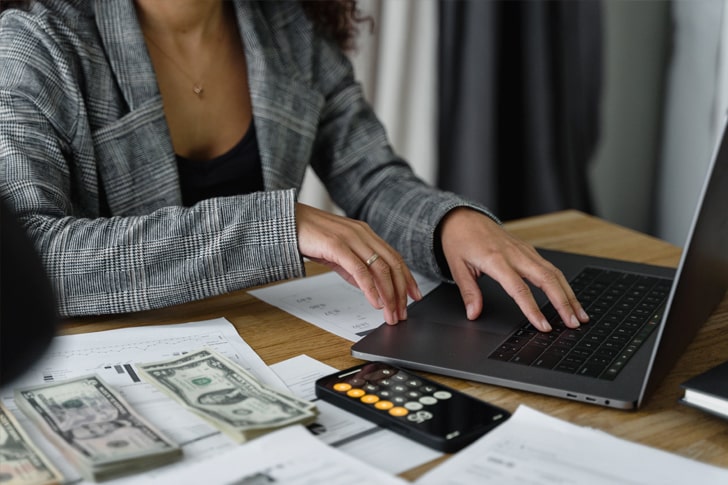
Tima Miroshnichenko / Pexels
A traditional checking account is a basic account that you can use to make purchases, pay bills, and write checks. A debit card is usually used to make these transactions.
However, one thing to note is this account requires a minimum balance. This means that you need to ensure the account has a certain balance in order to avoid paying a maintenance fee.
Further, in order to activate the account, you will be required to deposit a certain amount. There are no extra bells and whistles in a standard checking account. Some of the key features include:
- Unlimited check-writing
- Mobile banking access
- Debit card access
Interest Checking
Interest checking accounts and standard checking do not differ from each other that much. There is only one key difference between them, and that is: Unlike standard checking accounts, you can earn interest on your balance with an interest checking account.
Opening an interest account does not require you to have a higher minimum to activate it. However, some banks' interest rates may vary depending on the account balance you have or maintain.
It’s good to note that the rate you earn is usually less than what you would get in a different account, such as a high-yield savings account. Interest checking accounts are mostly convenient in that you will be able to grow your money while still making transactions.
Lastly, there are some interest checking accounts that may also be referred to as high-yield checking accounts. Others may even be referred to as rewards checking accounts. All these have their separate meanings. Don't worry; we’ll look into them as well.
Rewards Checking
As the name states, reward checking accounts offer rewards when you spend a certain amount. They may or may not pay interest, unlike interest checking accounts.
Just like a rewards credit card, you may earn extra points when you make purchases or pay bills. You may also earn these points when you set up a cash-back percentage for making purchases or scheduling direct deposits into your account every month.
These accounts are rare compared to interest and standard checking accounts. However, redemption of these rewards may vary depending on the bank you use.
For example, if your cashback earnings are based on debit card purchases, then your cash rewards may be deposited into your linked or checking account automatically. You may also redeem your earning points for cash back, travel, merchandise, or gift cards.
Student and Teen Checking
Young people are also considered when it comes to checking accounts. Teen or student checking accounts are designated for students starting up on checking. They usually have a minimum and maximum age range in order to qualify for one.
For the case of teen checking accounts, the age limit is 13 to 17. Meanwhile, for student checking accounts, the age limit is between 17 and 24.
One of the features that make this a go-to option for students and teens is that it offers little to no minimum fee. In the event they do offer a monthly fee, they usually give ways to avoid them. One of the ways they do this is by maintaining a low minimum balance or activating a monthly direct deposit.
Senior Checking

Andrea Piacquadio / Pexels
As the name indicates, these checking accounts are designated for senior citizens. Just like teen and student checking accounts, there is also an age limit for these accounts.
To qualify for a senior checking account, you need to be within the age of 55 and above. Some unique features make these accounts favorable to senior citizens. Some of these include:
- Personalized debit cards
- Free premium checks
- Fee waivers
Other senior checking accounts also pay quarterly dividends and higher interest rates as an added perk.
Second Chance Checking
People who have experienced difficulties managing a checking account in the past mostly go for this type of account.
Second-chance checking accounts are usually best for those who mostly have a negative checking history on file with ChexSystems. This system collects banking activity information. These activities may include bounced checks and unpaid fees.
In case you find it hard to access a standard checking account due to disqualification, then a second chance account is a good way to start. It allows you to get back into the habit of checking in your transaction.
It's good to note that these accounts may have higher fees than regular accounts. However, they also offer the same features, such as check-writing abilities and access to debit cards. If you manage to maintain a second chance checking account, you may eventually qualify for a standard account.
Checkless Checking
Another type of checking account is checkless checking. What mostly sets this apart from the rest of the checking account is its checkless transactions, as the name suggests. All transactions are made via mobile banking, debit cards, and online.
If you don't have a lot of balance in your checking account and don't normally write checks, then this is a good option.
Common Checking Account Fees
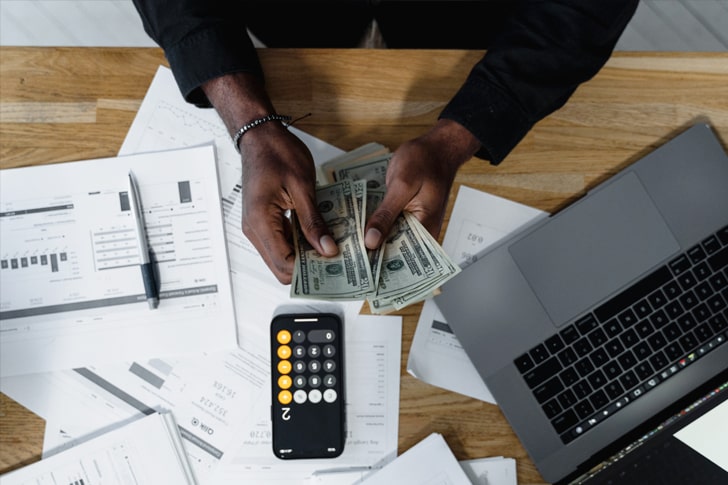
Tima Miroshnichenko / Pexels
Fees may cause you to incur needless expenses. These are a few to be mindful of:
Monthly Maintenance Fees
If you fulfill certain requirements, including maintaining a minimum amount or setting up direct deposit, some providers will forgo the monthly fee. Before registering for an account, read the fine print. It is essential for checking accounts that have no monthly fees.
Overdraft Fees
When you opt to use the overdraft protection option and spend more than you have available in your account, you will be assessed these costs. These costs can add up; many banks charge $30 or more for each overdraft, and they may do it several times a day.
Minimum balance fees
Some financial organizations impose penalties on their customers in the event that their account balance drops below a predetermined threshold. The minimum amount required differs across banks.
Checking Account vs. Savings Account

RDNE Stock project / Pexels
Deposit accounts include both savings and checking accounts. Both are available at credit unions, internet banks, and conventional banks. However, there are differences between them in terms of their characteristics and intended uses.
You put money into a checking account that you intend to spend at some point. You might obtain petrol, buy food, pay your bills, or reimburse a pal. You put money into a savings account that you don't necessarily plan to spend, at least not right now. To save money for a future trip or emergency, for instance, you can create a savings account.
Although savings accounts often do not have an ATM or debit card, they are nonetheless capable of earning interest. Your bank could impose a monthly withdrawal cap on you and assess a penalty fee if you exceed it. Depending on where you create a savings account, there may be a monthly maintenance charge that you must pay. The FDIC may cover deposits.
The Bottom Line
A checking account is an FDIC-protected, highly liquid bank account. It is a great option for short-term money storage.
With the knowledge of the different types of checking accounts available in the banking scene, you can now make a more informed decision on which one to settle for. It is also advisable to do thorough research on the different terms offered by different banks.
Ensure you have checked on the fees required, the benefits gained, and the interest rates associated with them.
Don’t know where to start? You can open an account with any checking accounts listed here at Online Finance today for free. Boost your savings today and enjoy financial freedom.
Find here the best online checking accounts for 2024
Frequently Asked Questions (FAQs)
What is a checking account used for?
All-purpose venues to hold money for immediate to medium-term financial requirements are checking accounts. You can pay bills with it, make wire transfers, deposit checks from your phone, and link it to payment apps like Venmo and PayPal. Your employer can deposit paychecks straight into the account. The foundation for managing your finances and streamlining financial duties is a checking account.
Is a Debit Card a Check Card?
Check cards and debit cards are seen as similar. You may make purchases with this card by using money from your checking account. Additionally, you may use the card to get cash out of automated teller machines (ATMs).
What do I need to open a Checking Account?
When opening a checking account, it's important to have the following:
- Valid Identification: A government-issued photo ID, such as a driver's license or passport, is essential for identity verification.
- Social Security Number: This is required for tax purposes and additional verification of identity.
- Initial Deposit: Banks often require a starting deposit to open an account. The amount varies, so it's advisable to check the bank's minimum requirement.
- Personal Information: Details like full name, current address, date of birth, and contact information are necessary.
- Application Form: Completing an application, either online or at a bank branch, is a key step in setting up the account.
It's recommended to verify specific requirements with the chosen bank, as they can vary slightly between institutions. This ensures all necessary documents and information are prepared, facilitating a smoother account opening process.
show more
